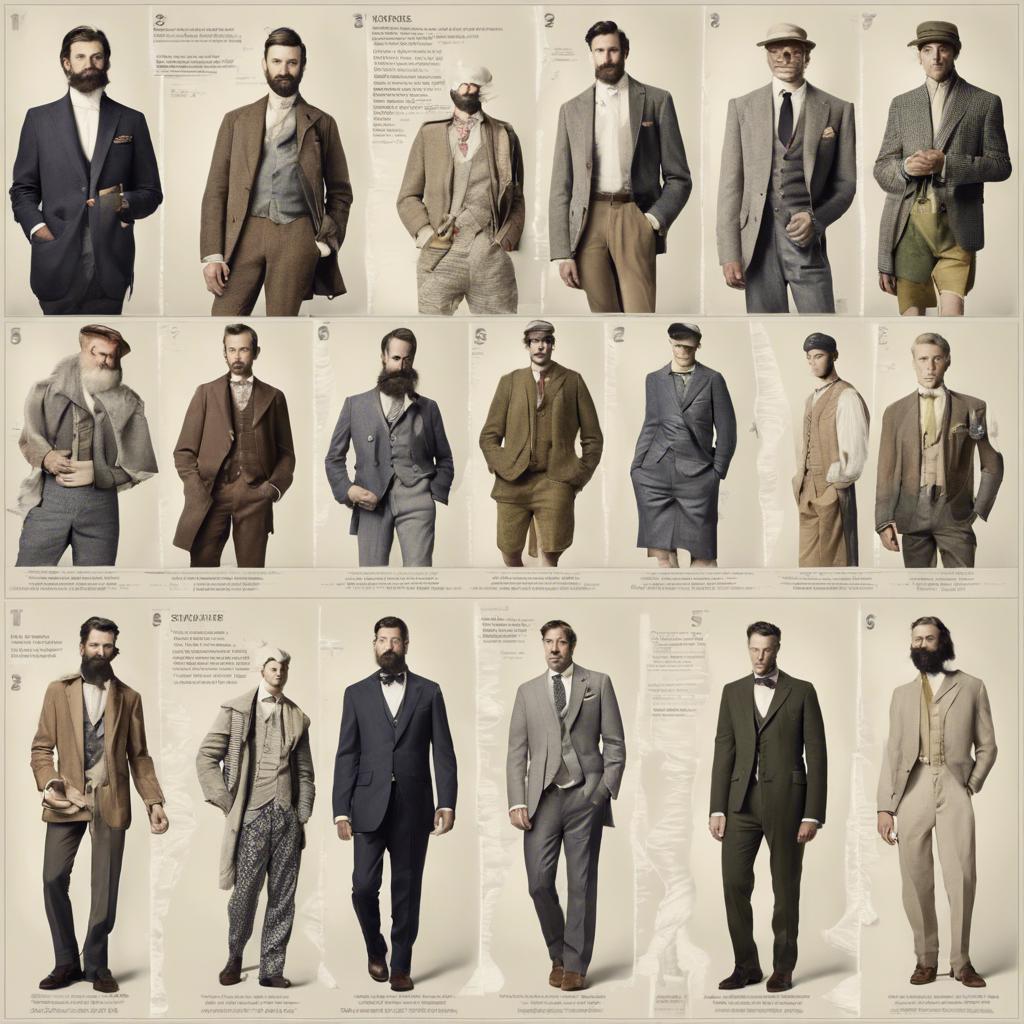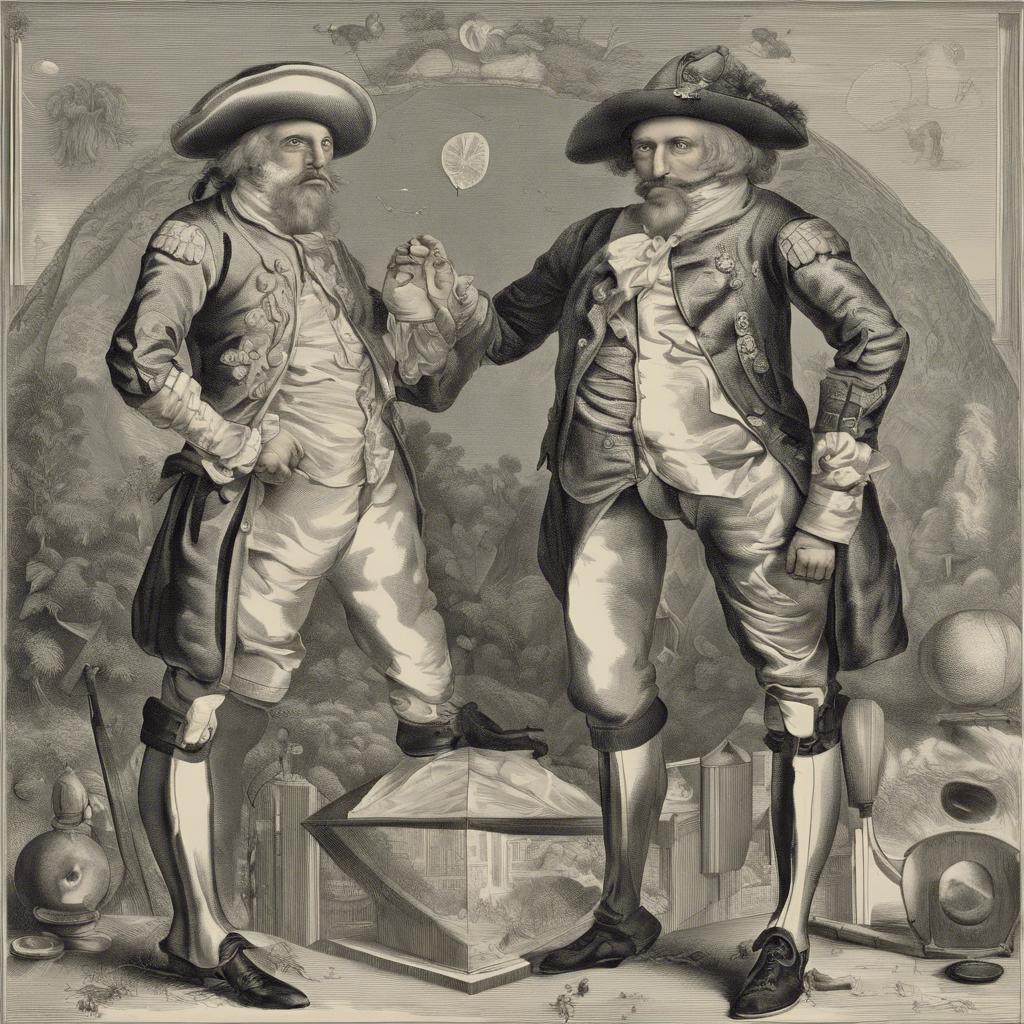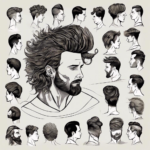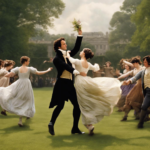In the realm of period fashion, the choice between trousers and breeches has long been a defining aspect of men’s attire. From the sophisticated courtly garb of the Renaissance to the utilitarian workwear of the Industrial Revolution, the debate between these two distinct leg coverings has shaped the sartorial landscape of centuries past. Join us as we delve into the historical significance and evolution of trousers and breeches, exploring their social implications and practical applications throughout the ages.
Step Into the World of Cheryl Bolen
Dive into the enchanting stories of love, intrigue, and elegance set in the Regency Era. Cheryl Bolen's novels offer timeless romance and captivating tales that will leave you wanting more.
Explore Cheryl Bolen's Books Now
Evolution of Mens Lower Garments
In the historical evolution of men’s lower garments, trousers and breeches have played prominent roles in shaping fashion and functionality. While both garments serve as leg coverings, they have distinct differences that highlight the evolution of men’s fashion over the centuries.
Trousers:
- Became popular in the early 19th century
- Offered more freedom of movement
- Typically made of heavier fabrics like wool or denim
- Worn by a wider range of social classes
Breeches:
- Were prevalent in the 17th and 18th centuries
- Tended to be more form-fitting
- Often made of luxurious fabrics like silk or velvet
- Many featured decorative embellishments like buttons or embroidery
As fashion trends shifted and societal norms evolved, trousers gradually replaced breeches as the preferred lower garment for men. The transition from breeches to trousers marked a significant shift in men’s fashion, reflecting changes in attitudes towards comfort, practicality, and style. Today, trousers are a staple in every man’s wardrobe, while breeches remain a symbol of a bygone era.
the comparison between trousers and breeches highlights the fascinating evolution of men’s lower garments throughout history. From the form-fitting elegance of breeches to the practicality and versatility of trousers, each garment tells a unique story about the changing preferences and priorities of men’s fashion. While both styles have their own charm and allure, trousers have ultimately prevailed as the modern standard for men’s legwear.
Differences Between Trousers and Breeches
In the world of historical fashion, trousers and breeches are two distinct garments that have been worn by men for centuries. While both are types of legwear, there are key differences that set them apart.
Trousers:
- Typically reach down to the ankles
- Fit loosely around the legs
- Originally worn by working-class men in the 16th century
Breeches:
- End just below the knee or mid-calf
- Tightly fitted around the legs
- Popular among aristocrats and upper-class men in the 17th and 18th centuries
Pros and Cons of Trousers and Breeches
When it comes to traditional attire, trousers and breeches have been staples in men’s wardrobes for centuries. Both garments serve their purpose, but each has its own set of pros and cons.
Trousers:
- Pros of trousers include their versatility and functionality. They can be easily paired with a variety of tops and jackets, making them suitable for both casual and formal occasions.
- On the downside, trousers tend to be less comfortable than breeches, especially when engaging in physical activities like horseback riding or dancing. The extra fabric can restrict movement and feel cumbersome.
Breeches:
- One of the main advantages of breeches is their superior comfort and flexibility. The shorter length allows for more freedom of movement, making them ideal for equestrian pursuits or other activities that require agility.
- However, breeches are more niche in their use and may not be as versatile as trousers. They are often associated with specific historical periods or formal events, limiting their everyday wearability.
Choosing the Right Style for Your Outfit
In the world of fashion, trousers and breeches have long been popular choices for completing a stylish outfit. Both garments have their own unique characteristics and history, making them ideal for different occasions and preferences.
Trousers have been a staple in men’s and women’s fashion for centuries, offering a versatile and practical option for everyday wear. Made with separate legs for each leg, trousers provide a comfortable and modern look that can be dressed up or down depending on the occasion. They are typically longer than breeches, extending to the ankles for a sleek and tailored appearance.
On the other hand, breeches have a more traditional and formal appeal, often associated with historical attire and equestrian activities. Breeches are shorter in length, usually stopping just below the knee, and are often worn with tall boots for a classic and sophisticated look. They can add a touch of elegance to any outfit, making them popular choices for special events or vintage-inspired ensembles.
When choosing between trousers and breeches, consider the occasion, your personal style, and the overall aesthetic you wish to achieve. Whether you opt for the modern versatility of trousers or the timeless charm of breeches, both garments can elevate your outfit and make a statement in any setting. Experiment with different styles, fabrics, and accessories to find the perfect balance between comfort and fashion.
Final Thoughts
the debate between trousers and breeches has raged on for centuries, each garment carrying its own historical and cultural significance. While trousers have become the dominant form of leg wear in modern times, the legacy of breeches remains a vital component of fashion history. Whether one prefers the comfort and practicality of trousers or the elegance and tradition of breeches, it is undeniable that both garments have left an indelible mark on the sartorial landscape. As fashion continues to evolve, the enduring appeal of both trousers and breeches serves as a testament to the enduring legacy of historical dress.


